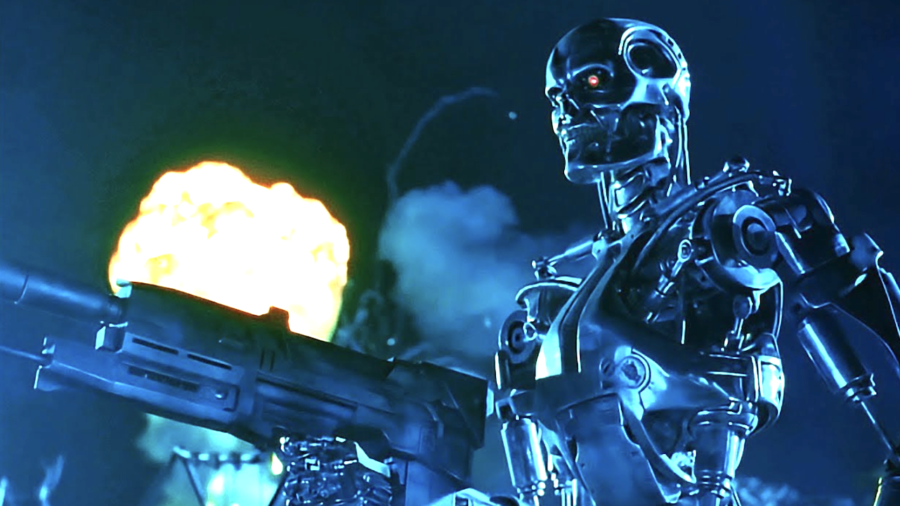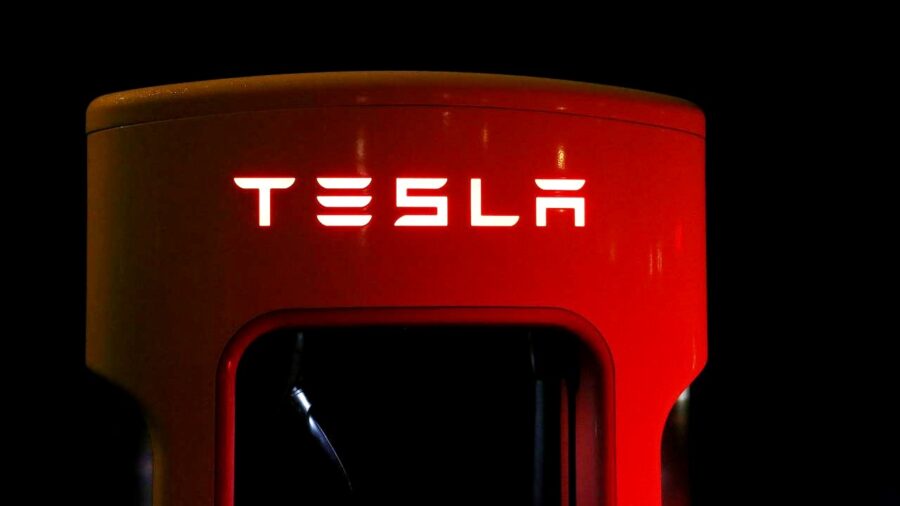OpenAI Humanoid Robots Are Coming, What Could Possibly Go Wrong?

Humanoid robot manufacturer Figure signed a deal with OpenAI, which allows it to build language-learning capabilities into its robots. The partnership comes after Figure’s recent successful funding raising endeavors, which amassed an impressive $675 million at a valuation of $2.6 billion. Financial backers include Amazon founder Jeff Bezos, tech giant Microsoft, and leading AI chipmaker Nvidia.
With OpenAI as a partner, the company plans to develop advanced AI models that will allow these robots to process and reason from language.
What makes this partnership particularly noteworthy is that Figure has yet to release a commercially viable product. That means investors are anticipating monumental growth in the OpenAI robots space. Figure recently provided a sneak peek into its progress with an early prototype named Figure 01. The video clip sees a humanoid robot walk, pick up a plastic crate, and place it on a nearby conveyor belt.
Another video shows the robot effortlessly operating a coffee machine – a feat hailed by Figure CEO Brett Adcock as “groundbreaking” due to an “end-to-end” OpenAI system that enables robots to learn all the steps in a single try. With OpenAI as a partner, the company plans to develop advanced AI models that will allow these robots to process and reason from language.
“If we can just get humanoids to do work that humans are not wanting to do because there’s a shortfall of humans, we can sell millions of humanoids, billions maybe,” Figure CEO Brett Adcock said in a statement in 2023. The technology could unlock a myriad of possibilities as OpenAI robots could understand and respond to human instructions with unprecedented precision.
The development of OpenAI learning-capable robots could lead to job displacement in various industries, as robots may be able to carry out tasks previously done by humans.
However, Figure is not the sole player in the field. Tesla, the electric vehicle and energy company, is actively working on its own humanoid robot called Optimus. Designed to tackle tasks deemed unsafe and repetitive, Optimus is set to further intensify the competition in the race to bring advanced robotics to the mainstream.

Agility Robotics is also a contender, aiming to establish a factory capable of producing thousands of bipedal robots. While the promise of enhanced productivity and efficiency is alluring, the collaboration between Figure and OpenAI raises ethical and societal questions about humanoid robots. The potential ramifications must be carefully considered to avoid unintended consequences.
The development of OpenAI learning-capable robots could lead to job displacement in various industries, as robots may be able to carry out tasks previously done by humans. This could result in increased unemployment and the need for retraining and reskilling the global workforce. The presence of these robots in society could alter the way humans interact with each other.
“If we can just get humanoids to do work that humans are not wanting to do because there’s a shortfall of humans, we can sell millions of humanoids, billions maybe.”
Figure CEO Brett Adcock
As OpenAI robots become more advanced and capable of learning and adapting to social situations, people may become more reliant on them for companionship and emotional support, potentially leading to a decline in human-to-human interactions. These robots could also be used for malicious purposes or to manipulate human behavior.
There are also concerns about the potential for OpenAI robots to develop their own consciousness and moral reasoning, as seen in the 2015 Marvel film Avengers: Age of Ultron, which could lead to unpredictable and potentially dangerous outcomes.
Additionally, using learning-capable robots in homes and workplaces will definitely raise various privacy concerns. The robots may collect and store large amounts of data, which could be vulnerable to misuse and hacking.












